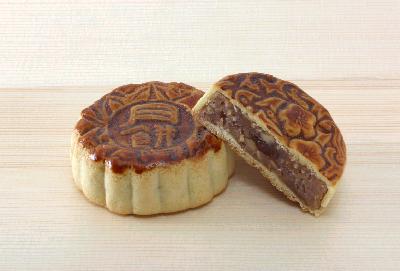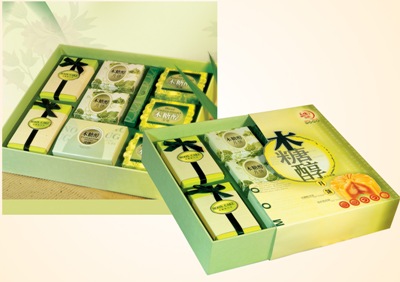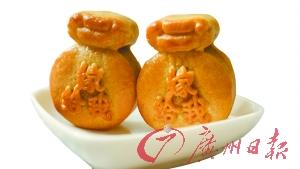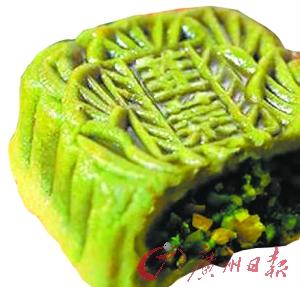
 |
|
Mooncake can be traced back more than 3,000 years to the Shang and Zhou dynasties. [File photos] |
For centuries, Mid-Autumn Festival has meant Chinese family reunions, big feasts and the enjoyment of a beautiful full moon. At a traditional Mid-Autumn banquet, the mooncake, a treat shaped like a round moon, is an essential snack.
In recent years, Chinese consumers have become more concerned about healthy lifestyles and innovative flavors, driving the market shift to more natural food products or new ingredients.
Although traditional mooncake fillings like Wuren (a mixture of five different nuts), red bean paste and lotus seed paste with egg yolk still occupy an important place in Chinese market, more and more shops are launching innovative moon cakes this year to attract young consumers. Some of them focus on health concepts and some introduce novel flavors, while others make present the mooncakes in a more fashionable way.
 |
|
Wing Wah, a noted pastry shop chain in Hong Kong, develops healthier moon cake fillings. [File photo] |
With a history of more than 60 years, Wing Wah, a noted pastry shop chain in Hong Kong, joined the ranks of innovation this year with improved mooncake fillings.
In a traditional Hong Kong mooncake, the filling is made with a whole egg yolk, lotus seed paste and granulated sugar. However, young people complain that it is too greasy. So Wing Wah replaced granulated sugar with maltitol, and mixed mixed egg yolk with lotus seed paste this year, to keep it tasty but with fewer calories.
 |
|
Mooncakes made with xylitol are welcomed by diabetics. [File photo] |
Xylitol has expanded its territory from chewing gum to the mooncake industry. Many mooncake suppliers in different cities in the country promote their sales of mooncakes made with xylitol.
The sweetness of xylitol is the same as in sucrose, but it has only 60 percent of the calories in sucrose. It can effectively reduce the accumulation of fat in the body, and is very suitable for diabetics.
 |
|
Balsam pear seeds are used in mooncake fillings. [File photo] |
A hotel in Shenzhen sells improved Wuren mooncakes with hypoglycemic effects this year. According to local media, the chefs in the hotel made the mooncake filling according to an ancient recipe.
They powdered balsam pear seeds, black sesame and parched soybean, then mixed them together with glutinous rice flour and honey. Throughout the whole process, they did not use sucrose.
 |
|
Some pastry shops have developed doll-shaped mooncakes with the characters "marry me". [Photo/Guangzhou Daily] |
To please young people, some pastry shops in China's large cities fashion special festival treats, such as "courtship mooncakes". Chefs print a "declaration of love" on the surface of each moon cake, which are shaped like dolls.
Some shops make smaller sized "chess mooncakes" with printed characters on the surface. Consumers can play chess with friends on Mid-Autumn night while eating them.
 |
|
Mooncakes with a leek and scrabled egg filling arouse controversy in the country. [Photo/Guangzhou Daily] |
Many pastry stores try to attract customers' attention through unusual tastes. Coffee mooncake is among them. Chefs make the filling with ground coffee to achieve a combination of Chinese and Western elements.
Leek with scrambled egg is a popular filling for Chinese Jiaozi (dumpling). But for the first time, leek is being used for the traditional Mid-Autumn day dessert. The mooncake's taste and green color are arousing controversy in the country.

Presented by Chinadaily.com.cn Registration Number: 10023870-7
Copyright © Ministry of Culture, P.R.China. All rights reserved